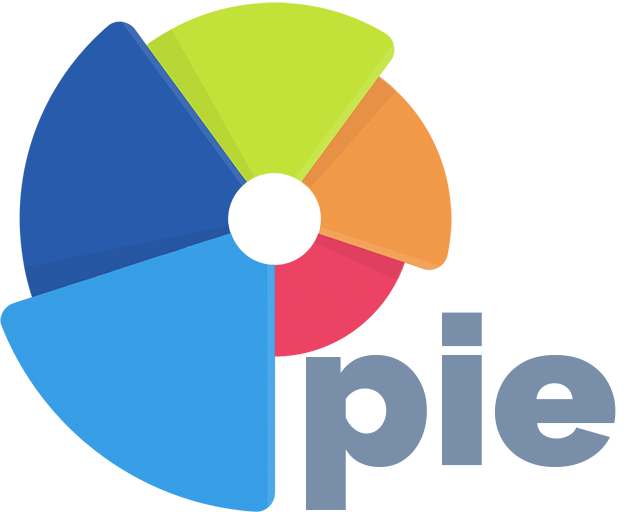The Ultimate Behavioral Health Credentialing Checklist
Use this ultimate behavioral health credentialing checklist to ensure your practice is fully prepared. From licensure and legal setup to payor selection and billing, this guide covers all the essential steps for a smooth credentialing process

Navigating the mental health credentialing, health plan, and enrollment process requires strong organization and attention to detail. This checklist provides a quick, high-level guide to ensure you have everything in place for your practice’s success.
Licensure
- Is Your License Active? Before you can begin credentialing, ensure your license is active and up-to-date. Confirm that all state requirements are met.
- What Type of License Do You Have? Make sure your license type aligns with your intended practice (e.g., psychologist, LCSW, LPC).
- Have You Verified Your Continuing Education Credits? Make sure all continuing education credits are completed and recorded, as required by your state board.
Legal Entity Setup
- Have You Established Your Legal Entity? Make sure your LLC, S-Corp, or sole proprietorship is legally recognized.
- Do You Have All Necessary Documentation? Ensure you have your filing paperwork, operating agreements, and any other documents that verify your legal entity.
- Is Your Business Registered with the State? Confirm that your business is registered with your state and that you have all necessary permits.
Tax ID and Bank Account
- Have You Obtained Your EIN? This is essential for tax purposes and will be needed for credentialing.
- Is Your Bank Account Set Up? Make sure your business bank account is established under your practice’s legal name.
- Do You Have a Voided Check or Bank Letter? These are often required for Electronic Funds Transfer (EFT) setup with payors.
Insurance
- Do You Have Professional Liability Insurance? Most payors require proof of this before you can be credentialed.
- Have You Verified Coverage Amounts? Make sure your coverage meets or exceeds the requirements set by the insurance companies you plan to work with.
- Is Your General Liability Insurance in Place? Although not always required for credentialing, it’s important for your business operations.
Register with Key Systems
- Have You Created Your I&A Account? This is necessary to access other CMS systems like NPPES and PECOS.
- Is Your NPI Assigned and Verified? Ensure both your individual (Type 1) and organizational (Type 2) NPIs are correct and active.
- Do You Have Access to PECOS? If you plan on enrolling with Medicare, PECOS access is essential.
Documents for Credentialing
- Do You Have All Required Documentation? Gather all necessary documents, such as licenses, diplomas, DEA certificates, insurance policies, and W-9 forms.
- Are Your Documents Accurate and Up-to-Date? Double-check for accuracy; even small errors can delay the process.
- Have You Organized Your Documents? Keep digital copies in a secure, accessible location for easy upload during the credentialing process.
Payor Selection
- Are You Going to Handle Credentialing Yourself or Outsource It? Decide whether you will manage this process in-house or use a credentialing service.
- Which Payors Best Fit Your Practice? Consider factors like reimbursement rates, patient demographics, and administrative ease.
- Are You Ready to Submit Your Credentialing Applications? Once your payors are selected, prepare your applications for submission.
Submitting Credentialing Applications
- Is Everything Prepared for Submission? Double-check that all fields are completed, and documents are attached.
- Do You Have a Tracking System in Place? Keep track of submissions, follow-up deadlines, and responses from payors.
- Have You Set Reminders for Follow-Ups? Stay on top of your applications by scheduling regular follow-ups.
Contracting
- Do You Understand the Contract Terms? Review contracts carefully, noting reimbursement rates, network participation, and any obligations.
- Are You Ready to Negotiate if Necessary? Be prepared to discuss terms if something doesn’t align with your practice goals.
- Do You Have Legal Support? Consider consulting a healthcare attorney to review contracts before signing.
Billing Setup
- Have You Chosen a Billing System? Decide on a billing software that integrates with your EHR and handles claims efficiently.
- Is Your EFT Setup with All Payors? Ensure that your bank information is linked for direct deposit of reimbursements.
- Are You Ready to Handle Claims Submissions? Set up a process for submitting and tracking claims, including handling denials and resubmissions.
Final Steps
- Are You Ready to Go Live? Once all systems are in place, and credentialing is complete, confirm that your practice is ready to start seeing patients.
- Have You Considered Ongoing Support? Determine whether you’ll need continued support from a credentialing service or legal advisor as your practice grows.
This checklist is your roadmap to a smooth credentialing and billing process. For a deeper dive into each step and additional expert advice, be sure to download The Complete Guide to Credentialing and Billing for Mental Health Practices from pie Health.




Comments ()